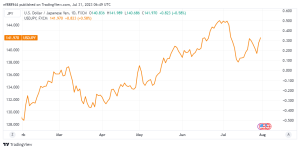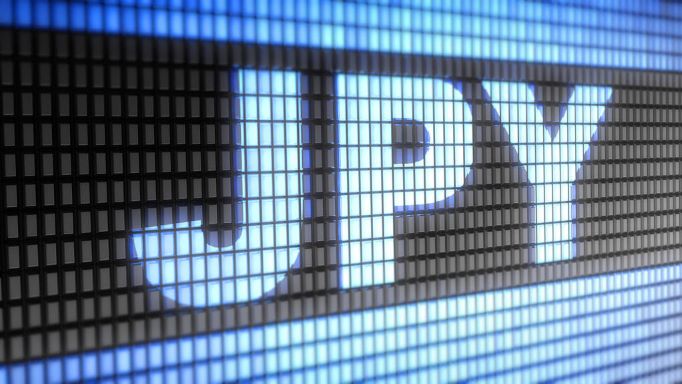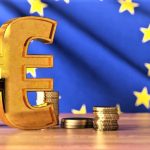USDJPY gained upward traction for the second day in a row.
The USDJPY pair begins the new week on a high note. Building on Friday’s impressive intraday rally of over 300 pips from the 138.00 area. Indicating that the Bank of Japan (BoJ) is becoming more flexible in its Yield Curve Control (YCC) policy. Indeed, the Japanese central bank said. That the 0.5% restriction on 10-year Japanese government bond yields (JGB) will henceforth be “references” rather than “rigid limits.”
However, the initial market reaction was short-lived, as investors appear to be underwhelmed by the BoJ Governor. Kazuo Ueda’s dovish views, emphasizing the importance of maintaining monetary assistance. Ueda stated at the post-meeting press conference. That the central bank will not hesitate to loosen policy. Further and that more time is required to reach the 2% inflation objective sustainably.
The Bank of Japan’s unplanned bond-buying activity weighs on and supports the JPY.
Furthermore, the Bank of Japan launched an unexpected operation to purchase $300 billion ($2 billion) of JGBs. Its first such step since February 22. As the yield on the benchmark 10-year bond rose to a nine-year high, above 0.6% on Monday. This, together with the underlying optimistic attitude in global equities markets. Pushes strongly on the safe-haven Japanese Yen (JPY), giving the USDJPY pair a boost. Investors continue to embrace China’s new confidence about more stimulus measures. It helps to offset data revealing that the world’s second-largest economy’s economic activity worsened more in July. In reality, the official Chinese Manufacturing PMI remains in contraction zone for the fourth consecutive month. While the services PMI fell more than expected.
Federal Reserve (Fed) is reaching the conclusion of its quickest rate hike cycle.
Aside from that, rising recognition that the Federal Reserve (Fed) is reaching the conclusion of its quickest rate hike cycle. Since the 1980s supports the risk-on atmosphere. The notion was exacerbated by statistics indicating that US inflation climbed. At the slowest rate in more than two years in June. According to the US Bureau of Economic Analysis, the PCE Price Index increased 0.2% in June. And 3.0% over the previous twelve months, the weakest improvements. Furthermore, the Core PCE Price Index (excluding volatile food and energy components) increased by 4.1% year on year. The lowest increase since September 2021. This, together with the weaker US CPI number issued earlier this month. Indicates signals of reducing inflationary pressures. And should allow the Fed to modify its hawkish stance.
Nonetheless, the strong US GDP figure released last Thursday revealed an extraordinarily robust economy. And left the door open for the Fed to raise interest rates by 25 basis points in September or November. It is worth noting that Fed Chair Jerome Powell stated last week. That the economy still needs to slow and the labor market to deteriorate. In order for inflation to return to the 2% objective in a credible manner. As a result of this, to a further rise in US Treasury bond rates. Which helps the US Dollar (USD) maintain its position slightly below a nearly three-week high reached on Friday.
Furthermore, the growing US-Japan interest rate disparity supports the USDJPY pair. Spot prices, on the other hand, are struggling to recapture the 142.00 level, signaling caution for bulls ahead of crucial US macro data, including the NFP report, due at the start of a new month.
Rising US bond rates support the USD and add to its current uptrend.
Meanwhile, US bond rates will play a crucial role in shaping USD price dynamics. In the aftermath of a rather light US data calendar. Which includes the lone publication of Chicago PMI later in the early North American session. Aside from that, the general risk mentality will boost demand. preferring the safe-haven JPY and lend some momentum to the USDJPY pair.
Meanwhile, the aforementioned underlying background favors optimistic traders. And implies that the path of least resistance for spot prices is upward. As a result, any significant corrective downturn may now be viewed. As a buying opportunity and is more likely to be restricted, at least for the time being.
USDJPY Technical Outlook
Technically, the 142.00 level corresponds to the 61.8% Fibonacci retracement level of the June-July decline and should serve as a turning point.
A persistent strength above will be viewed as a new trigger for bulls, laying the groundwork for a substantial appreciating rise. The USDJPY pair might then pick some speed as it approaches the 142.70 intermediate obstacle. to the round value of 143.00.
The rising trend may be extended further into the 143.50-143.55 horizontal barrier, over which spot prices may try to test the 144.00 support breakpoint, which has now turned resistance.

On the other hand, the 50% Fibo. level, located around 141.20, appears to be protecting the immediate downside ahead of the 141.00 round number. Any additional decline is likely to draw some buyers and will be capped at the 140.30-140.25 zone, or the 38.2% Fibo. level. This is followed by the 140.00 psychological level, which, if forcefully breached, will tip the scales in favor of bearish traders. The ensuing decline has the potential to push the USD/JPY pair even closer to the 23.6% Fibo level, which is located in the 139.10-139.00 range.









